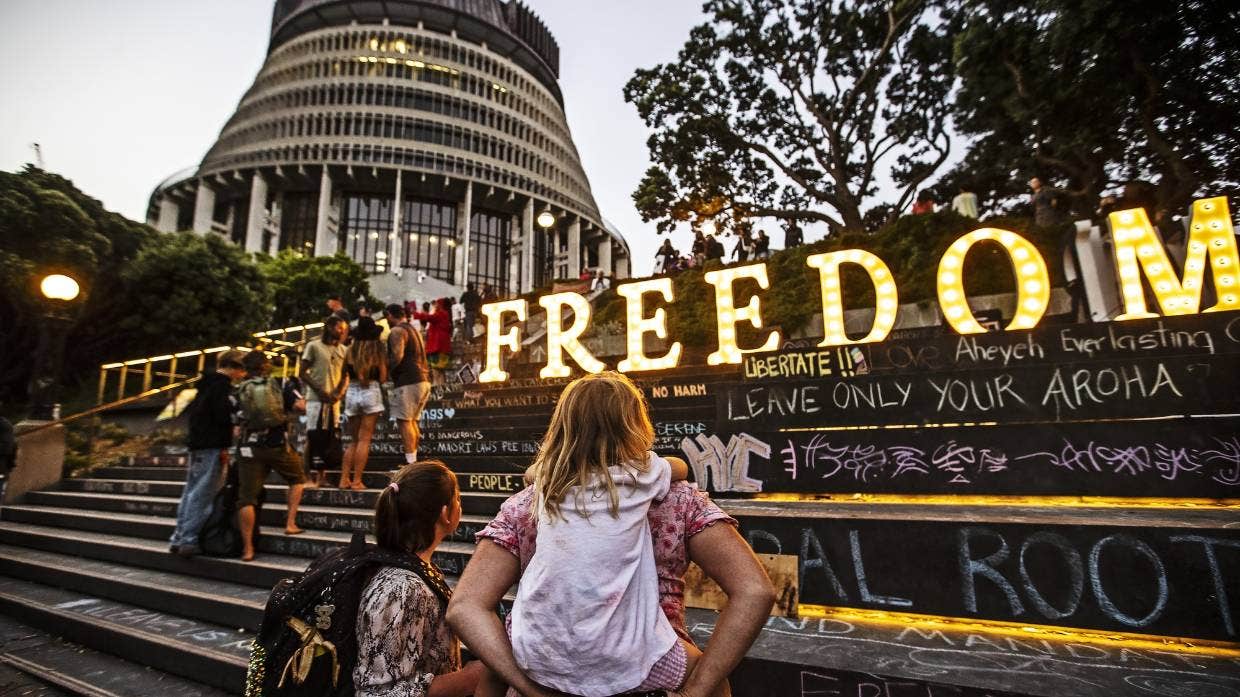Protesting has always been an activity. The dictionary defines it as ‘to express a strong objection to’. However, as our post-modern academic class would explain there are many ways to express something and especially to express opposition to something.
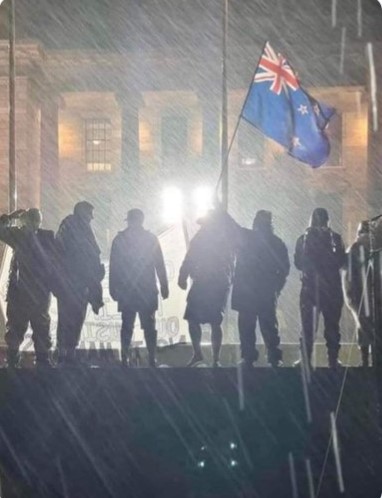
There are many ways to protest; some peaceful and some violent. But the question becomes whether protest means to show opposition or to disrupt whatever you are opposing. This has certainly been a disputed point as some protests have turned into revolutions.
Of course, when it comes to the ‘rules of engagement’, that has been left up to the government which is informed by the academic class.
They then pass laws to prohibit certain actions such as ‘damaging property’, ‘wilful damage of property’, ‘rioting’ and ‘incitement to riot’. Common sense dictates that harm to a person or to their property would lie outside of permitted actions; however, even then there is still debate over what actions are permitted.
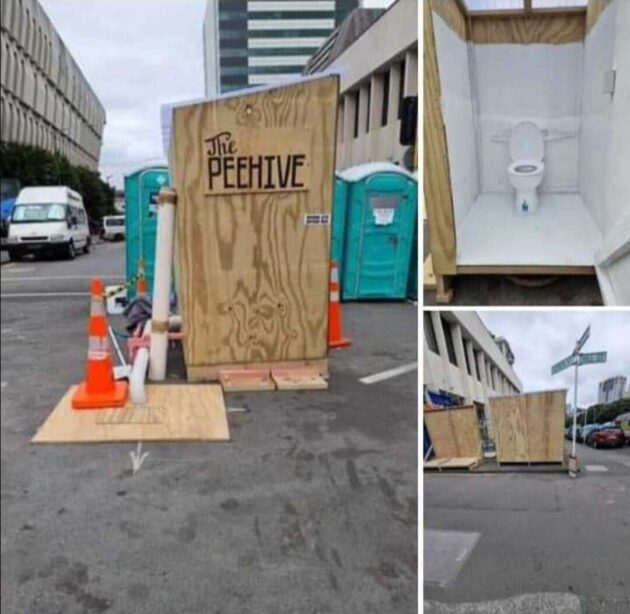
There is also the distinction that needs to be made between ‘riot’ and ‘protest’, something which the media have control over. Their narrative and control of the perception of reality mean that they are the ones who label what is and isn’t a ‘riot’ and a ‘protest’.
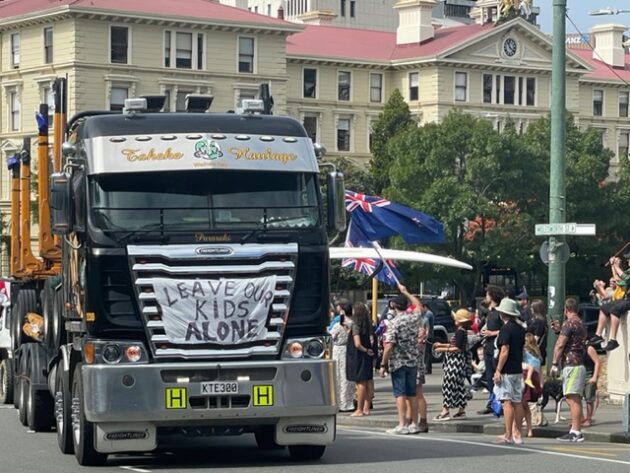
However, this narrative setting is being disrupted by the rise of social media and the internet, where instant broadcasting of events challenges the framing power of the media. One example of this is how the media unsuccessfully tried to sell the BLM as ‘fiery but mostly peaceful protests’ while characterising the events of January 6th as a ‘violent insurrection’. Of course, this particular distinction between the two concepts has become blurred.
There are two reasons why what starts off as peaceful demonstrations escalate. One reason is that conventional means are no longer adequate to get a message across as the political class can simply ignore them.
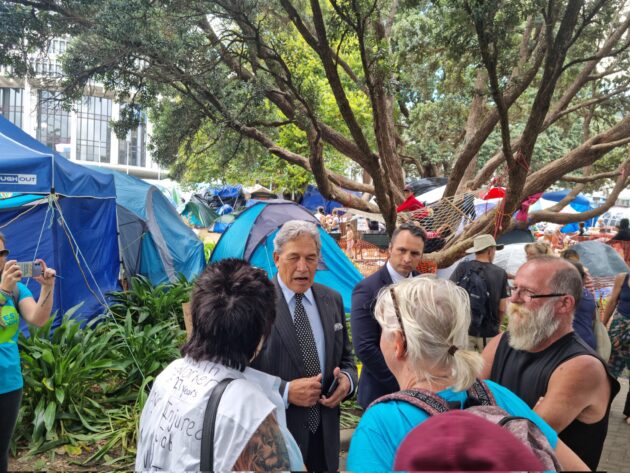
The second is if the government cracks down on peaceful demonstrations, encouraging a more violent response.
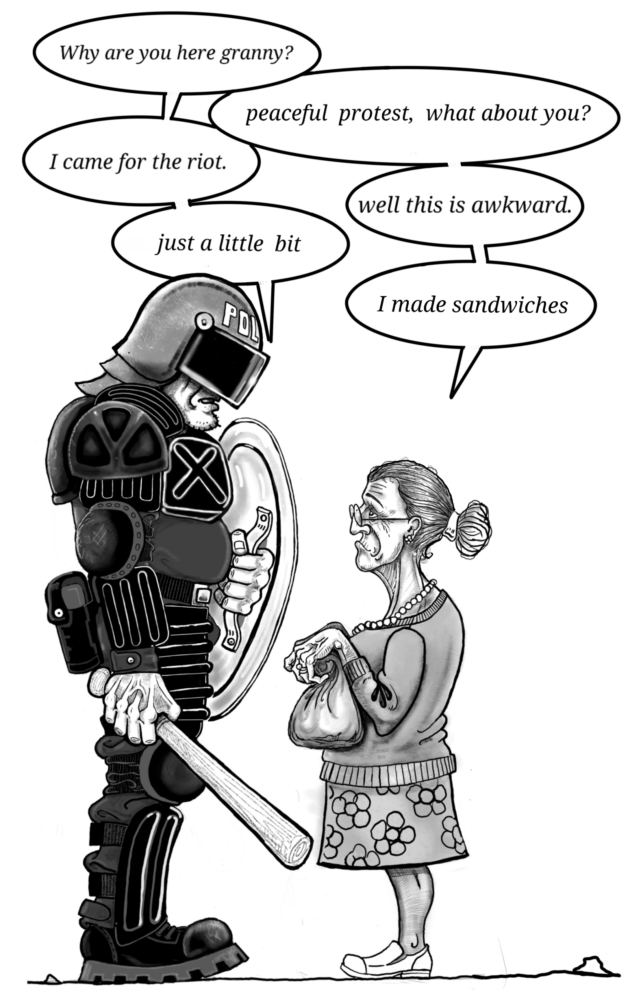
History has shown us that methods of protests have evolved over time. There seems to be a strange cycle in which peaceful demonstrations turn into violence and then back to peaceful demonstrations again.
One example is the civil rights movement. In the beginning, it started off as peaceful protests. Then when the police began to violently suppress it, it turned into riots, especially after the assassination of Martin Luther King.
Then we had the rise of Malcolm X and the Black Panthers. However, after the violence, the civil rights protests turned back to peaceful before inevitably turning violent again.
The woke cult does not have a concrete convention of what are legitimate ways of protesting. In fact they change the rules and narrative when it suits them. For example, they approve of slashing tyres as a form of protest but are against marching down a highway or street which can disrupt businesses even though that is what every protest does.
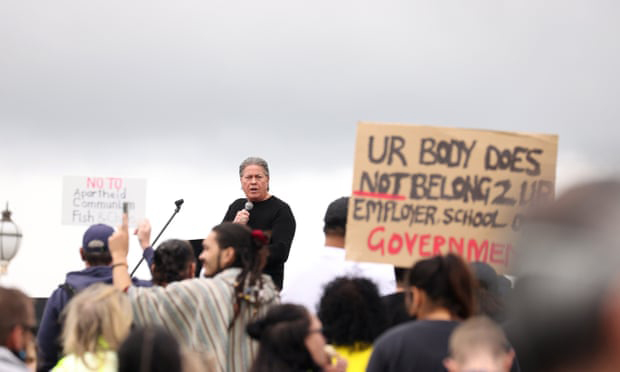
The media and police only allow that kind of protest if the ‘message is right’, hence their criticism of the Freedom and Rights Coalition marching down Auckland Harbour Bridge for ‘disrupting businesses and traffic’. This is no different to the Extinction Rebellion protests when they not only marched down the street but also walked into private businesses and organised sit-downs.
The same goes with blockades and occupations. New Zealand has a strong history of occupations from Bastion Point to Ihumatao and Shelley Bay. Freedom village was not the first time Parliament has been occupied. In 1975, people occupied Parliament for 4 months after Whina Cooper’s land march for Maori rights. I also found it ironic that Parliament was afraid of an attack on the Beehive, considering that Labour party activists and students sat down in Parliament in protest against the Vietnam War.
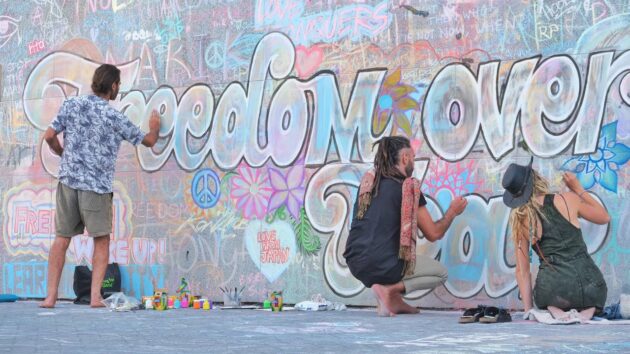
The question still remains: Does protest include disrupting the status quo? The woke left seem to think so, which is why in 2018 they blocked people from entering the arms expo and planted fake bombs at the Documentary Festival because of an Israeli documentary.
Even threats to disrupt have double standards, with the police quick to arrest Tamaki for his alleged threats to blow up vaccination centres but finding it too difficult to locate the person who threatened to blow up an Auckland venue centre if two Canadians were allowed to speak.
Under Covid, we have seen this Government decide what protests ‘followed Covid restrictions’ and what have ‘breached Covid restrictions’. I’ve seen something similar in China when the CCP decided which protests were legal and illegal. In their case, legal was anything that matched their message. Anti-Japanese boycotts were legal while Hong Kong pro-democracy protests were illegal.
I find it interesting that in New Zealand we have to ask for permission to protest, when the whole point of protests is to go outside the government’s rules. They certainly didn’t ask for permission in Hong Kong.
As for protests getting violent, I think we are past the point where violence is considered reasonable, considering that Tame Iti and the Urewera four were ready to start an armed revolution and the media and courts concluded that it was not terrorism. Black Lives Matters’s slogan during their summer of violence was, ‘No Justice, No Peace’.
In going back to the original question. I don’t think that there is a correct way. A correct way would require an objective standard.
In the new post-modern world, the correct way is whatever the media and government think it is.

